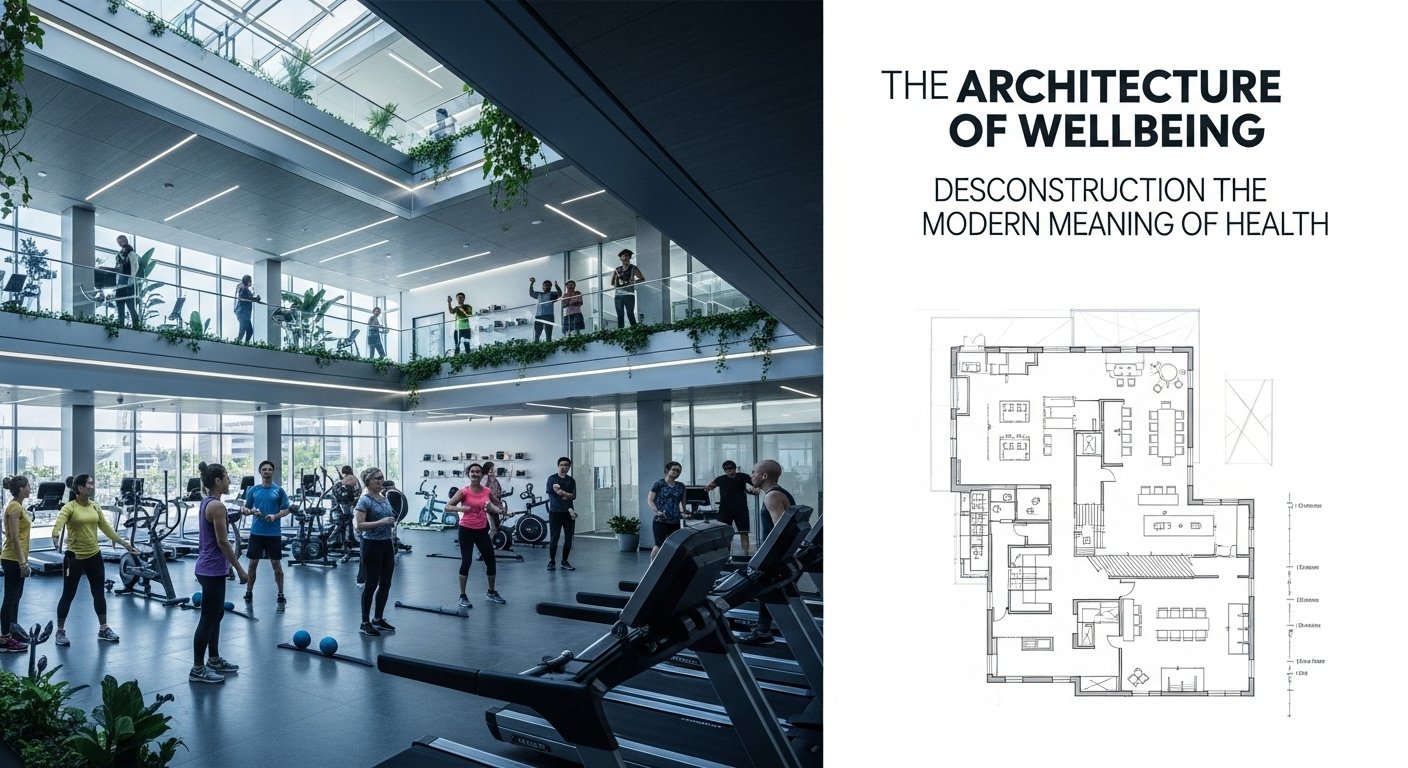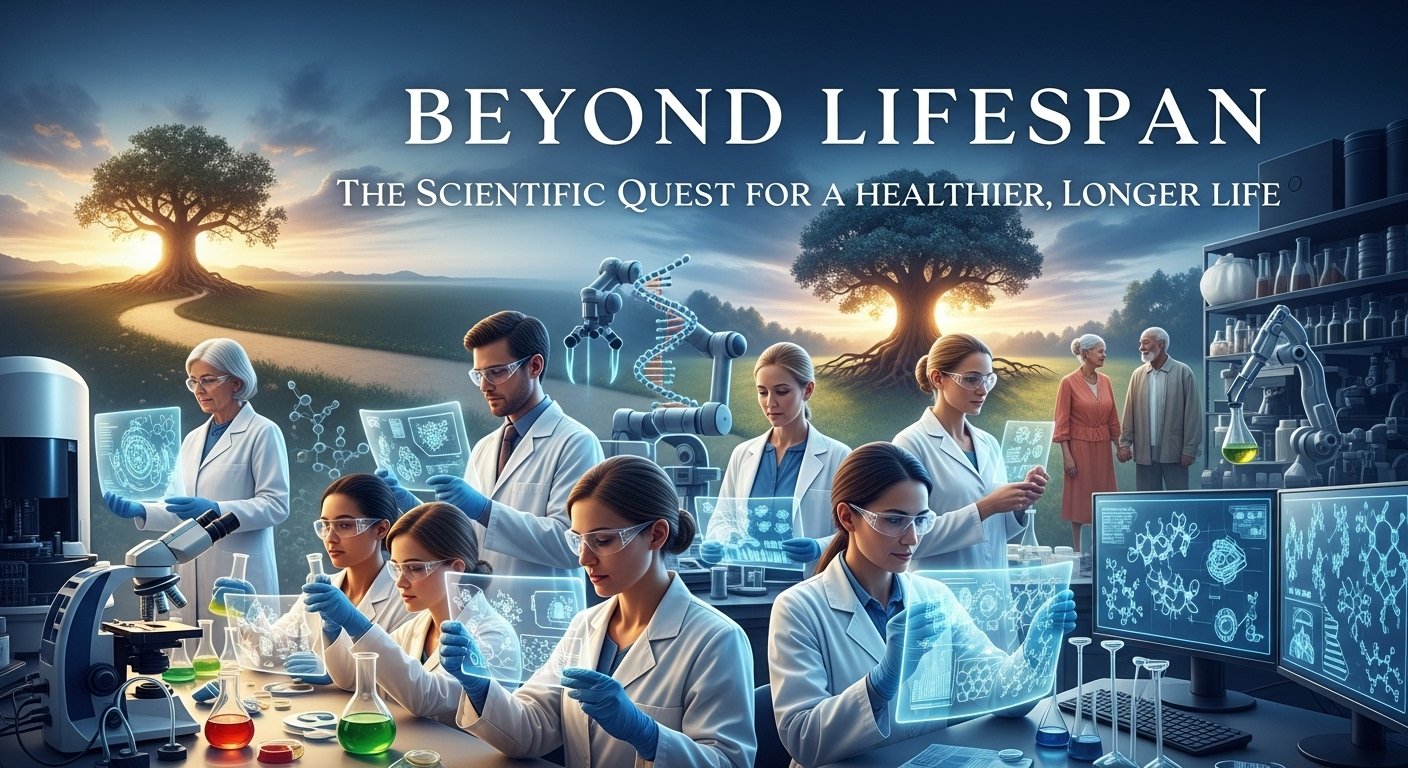Health. It is a word we use daily, a state we universally desire, and an industry that commands trillions of dollars globally. Yet, for all its ubiquity, the true meaning of health is often flattened into a simple, binary concept: the absence of sickness. To be healthy is to not be ill. But this definition is profoundly incomplete. True health is not a passive state of non-disease; it is a dynamic, vibrant, and multifaceted condition of complete wellbeing.1 It is the robust energy to pursue one’s passions, the mental resilience to navigate life’s inevitable challenges, and the social connection that gives our lives meaning.
In 1948, the World Health Organization (WHO) forged a definition that remains the global standard: health is “a state of complete physical, mental and social well-being and not merely the absence of disease or infirmity.”2 This holistic vision frames health not as a destination to be reached, but as a complex architecture built upon interconnected pillars—a lifelong project of construction and maintenance. This exploration will deconstruct that architecture, examining the foundational pillars of physical vitality, the crucial dimension of mental fortitude, the societal scaffolding that supports or weakens our efforts, and the technological tools shaping its future.
The Pillars of Physical Health: The Body as a System
The physical body is the foundation upon which all other aspects of health are built. It is a complex ecosystem that requires careful management and balance. While the science of human physiology is vast, its practical application for wellbeing rests on a few core, non-negotiable pillars.
1. Nutrition: The Science of Fuel
Food is, quite literally, the raw material from which our bodies are built and powered.3 Nutrition is the science of how this fuel affects us. At a basic level, our bodies require macronutrients—proteins for repair and muscle synthesis, carbohydrates for energy, and fats for hormone production and nutrient absorption.4 They also demand a wide array of micronutrients—vitamins and minerals that act as catalysts for countless physiological processes. A modern diet, increasingly dominated by ultra-processed foods high in refined sugars, unhealthy fats, and sodium, often provides an excess of energy (calories) while being deficient in essential nutrients.5 The antidote is not a single miracle diet, but a return to principles: prioritize whole foods like fruits, vegetables, lean proteins, and whole grains. Hydration is equally critical; water is the medium for nearly every metabolic function, from nutrient transport to temperature regulation.6
2. Physical Activity: The Mandate of Movement
The human body evolved for movement, yet modern lifestyles are characterized by profound stillness.7 Sedentarism has become a silent epidemic, contributing to a host of chronic diseases.8 Physical activity is the prescription. It is not merely about weight management; its benefits are systemic. Aerobic exercise (running, swimming, cycling) strengthens the cardiovascular system, improving the heart’s efficiency and lowering blood pressure.9 Strength training (lifting weights, bodyweight exercises) builds and maintains muscle mass and bone density, which is crucial for metabolic health and preventing frailty in old age.10 Flexibility and mobility work (yoga, stretching) maintain range of motion and prevent injury.11 The consensus is clear: adults should aim for at least 150 minutes of moderate-intensity activity per week, a small investment for a monumental return in vitality.12
3. Sleep: The Great Restorer
Sleep is often the first pillar to be sacrificed in the face of modern pressures, yet it is arguably as important as diet and exercise combined. Far from being a passive state, sleep is an active and critical period of restoration.13 During its various stages, the brain consolidates memories, clears out metabolic waste products, and regulates mood. The body repairs tissues, synthesizes hormones like human growth hormone, and mounts a robust immune response. Chronic sleep deprivation has been linked to a litany of health problems, including obesity, diabetes, cardiovascular disease, and impaired cognitive function.14 Cultivating good sleep hygiene—maintaining a consistent schedule, creating a dark and cool environment, and avoiding stimulants before bed—is a cornerstone of physical and mental recovery.15
The Mental and Emotional Dimension: An Inner State of Being
The WHO’s definition rightly places mental well-being on equal footing with physical health, acknowledging the inextricable link between the mind and body.16 For centuries, a Cartesian dualism separated the two, but modern science has confirmed they are in constant dialogue.
Mental health is not the absence of negative feelings; it is the ability to manage them. It encompasses emotional regulation, resilience in the face of stress, and a sense of purpose. When mental health suffers, the body often follows. Chronic stress, for example, floods the body with the hormone cortisol.17 While useful in short bursts for “fight or flight” situations, sustained high levels of cortisol can suppress the immune system, increase inflammation, raise blood pressure, and contribute to metabolic syndrome.18
Conversely, nurturing our minds can heal our bodies. Practices like mindfulness and meditation have been shown to lower cortisol levels, reduce chronic pain, and improve immune function.19 Physical exercise is a potent antidepressant, triggering the release of endorphins and neurotransmitters that elevate mood.20 Fostering a positive mental state involves proactive strategies: engaging in hobbies, nurturing creativity, seeking connection with others, and, crucially, de-stigmatizing the act of seeking professional help.21 Therapy and counseling are not signs of weakness but tools for building mental strength and resilience.22
Social and Environmental Determinants: The Health of the Collective
No individual is an island, and our health is profoundly shaped by the world around us. The social and environmental determinants of health are the conditions in which people are born, grow, live, work, and age.23 These factors can either provide a sturdy scaffolding for a healthy life or create insurmountable barriers.
Socioeconomic factors are among the most powerful predictors of health outcomes.24 Income, education, and employment status dictate access to safe housing, nutritious food, and quality healthcare.25 A person working multiple low-wage jobs has little time or resources for exercise or preparing healthy meals. A child growing up in poverty is more likely to be exposed to environmental toxins and chronic stress, with lifelong consequences.26
The physical environment plays an equally critical role. Living in an area with high levels of air pollution—a pressing issue in many parts of the world, including South Asia—directly impacts respiratory and cardiovascular health.27 Lack of access to clean drinking water and sanitation remains a major cause of infectious disease globally.28 Conversely, access to green spaces like parks has been shown to reduce stress and encourage physical activity.29
Healthcare systems themselves are a determinant. The availability, accessibility, and affordability of medical care vary drastically between and within countries. Public health initiatives, such as vaccination programs and health education campaigns, are essential for preventing disease on a population-wide scale.30 Health is, therefore, not just a personal responsibility but a matter of public policy and social justice.
The Role of Modern Medicine and Technology
While the foundations of health are timeless, the tools we use to measure, manage, and improve it are undergoing a technological revolution. Modern medicine is increasingly shifting its focus from purely reactive treatment to proactive and personalized prevention.31
Genetic screening can identify predispositions to certain diseases, allowing for early intervention.32 Wearable technology, from smartwatches to continuous glucose monitors, empowers individuals with unprecedented access to their own biometric data, turning abstract health goals into tangible metrics.33 One such common metric is the Body Mass Index (BMI), a simple calculation used to classify weight status:34
BMI=(height in m)2mass in kg
While imperfect, tools like BMI provide a starting point for conversations about weight and health.35 Telemedicine has democratized access to specialists, allowing patients in remote areas to consult with doctors miles away.36 Breakthroughs in pharmaceuticals, from mRNA vaccines developed at record speed to new classes of drugs for managing chronic conditions, continue to extend and improve lives.
However, this technological wave brings its own challenges. The vast ocean of online health information is rife with misinformation, making it difficult for individuals to discern credible advice from dangerous fads.37 The collection of personal health data raises significant privacy concerns. There is also the risk of over-medicalization, where the natural spectrum of human experience is unnecessarily labeled and treated as a disorder.38
Conclusion: A Lifelong Journey of Balance
Health is not a static prize to be won but a dynamic equilibrium to be pursued. It is the artful balancing of our physical needs, the conscious cultivation of our mental state, and the sober recognition of the societal forces that shape our choices. The holistic vision put forth by the WHO decades ago is more relevant today than ever before, reminding us that a healthy society cannot be built from unhealthy individuals, and healthy individuals cannot truly flourish in an unhealthy society.
The pursuit of health is, ultimately, a pursuit of freedom—freedom from the limitations of preventable illness, freedom to engage with the world with energy and clarity, and the freedom to live a life rich with purpose and connection. It is the most fundamental investment we can make, a lifelong journey that rewards us not with a final destination, but with the vitality to enjoy every step of the way.



